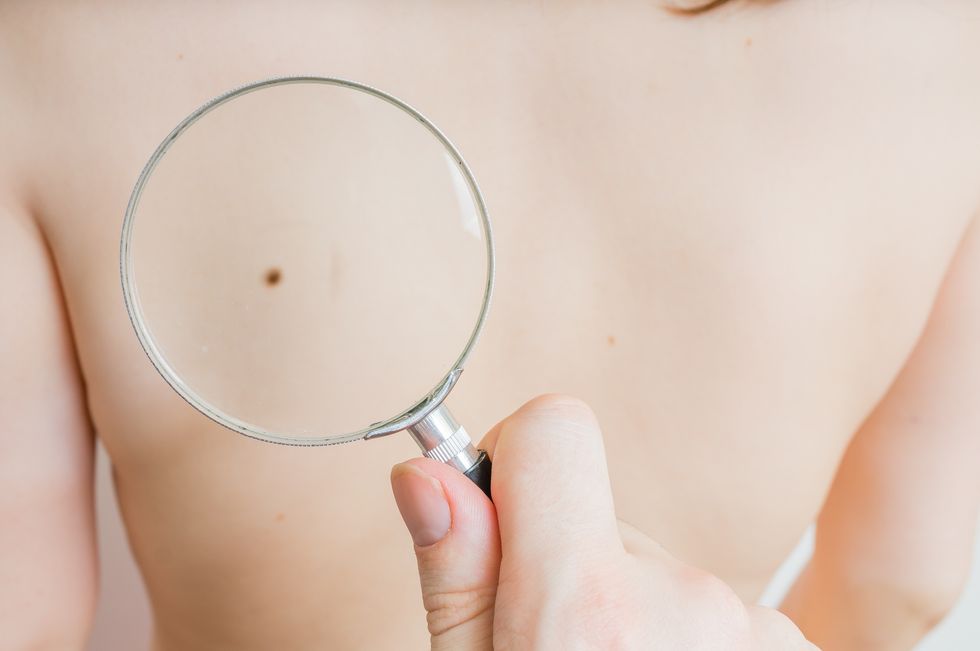
iStock.com/vchal
How to Do a Skin Cancer Body Check
Every year, about 5 million Americans are treated for skin cancer—an abnormal growth of skin cells that most often develops on areas exposed to the sun.
Nov 15, 2017
Aug 24, 2022
Your Health
Learn about our editorial policies

WEDNESDAY, Nov. 15, 2017 (HealthDay News)—Every year, about 5 million Americans are treated for skin cancer—an abnormal growth of skin cells that most often develops on areas exposed to the sun.
You can spot early signs by regularly checking your skin for changes.
Learn More: Unexpected Places You Can Get Skin Cancer
Everyone is susceptible to skin cancer. However, people who have light skin that burns easily, red hair, and/or blue eyes have a higher risk.
Three types of skin cancer account for nearly all cases: basal cell and squamous cell carcinomas and, the most dangerous, melanoma.
Follow the A-B-C-D-E method to help you know when a growth needs to be evaluated by your doctor.
Here's what to look for when evaluating skin growths:
To fully examine your body, start by looking straight ahead into a mirror. Check your face and torso. Next, raise your arms to see your right and left sides. Then look at your arms, including underarms, hands and palms. Check the front and back of your legs and feet as well as your soles and between your toes. Use a hand mirror to check the back of your neck.
Finally, examine your scalp, parting your hair as you move across your head.
Be sure to have your doctor give your skin the once-over during your annual wellness exam, and see a dermatologist for any suspicious growths.
Copyright © 2017 HealthDay. All rights reserved.